The Evolution and Structure of Storytelling | Adapting to the Changes
Storytelling is evolving beyond the Three-Act Structure, embracing nonlinear, multi-perspective, and interactive narratives. While classic frameworks remain, audiences crave fresh twists. The challenge is balancing structure with innovation to keep stories engaging and unpredictable.
Why Storytelling is Changing in 2025
For decades, Hollywood and mainstream storytelling have leaned heavily on the Three-Act Structure—a straightforward framework of setup, confrontation, and resolution. It’s clean, reliable, and widely used because it provides a clear sense of progression, making it easy for audiences to follow. However, in 2025, storytelling is evolving. Creators are moving beyond traditional formulas, experimenting with nonlinear narratives, episodic structures, and multi-perspective storytelling to engage modern audiences in fresh, innovative ways.
Several factors have contributed to this shift in storytelling structures:
- Audience Sophistication – Today’s viewers and readers are more familiar with story tropes and patterns than ever before. With easy access to content across streaming platforms, podcasts, social media, and independent creators, audiences can predict many common storytelling beats. This has pushed writers to become more creative in their approach.
- The Rise of Digital and Interactive Storytelling – New storytelling mediums, such as video games, virtual reality (VR), and interactive films (e.g., Netflix’s Bandersnatch), have challenged traditional linear storytelling. These mediums require branching narratives, multiple perspectives, and player-driven choices, shifting away from rigid three-act structures.
- Episodic and Serialized Narratives – Streaming services have blurred the lines between television and film by encouraging long-form storytelling that develops characters over multiple seasons rather than adhering to a singular three-act format. Shows like Breaking Bad and Game of Thrones have demonstrated how complex character arcs can unfold gradually over time, keeping audiences engaged through unexpected twists.
- The Popularity of Nonlinear and Fractured Narratives – Stories that play with time, perspective, and structure have gained popularity in both film and literature. Creators like Christopher Nolan (Inception, Memento), Charlie Kaufman (Eternal Sunshine of the Spotless Mind), and David Lynch (Mulholland Drive) have shown how nonlinear storytelling can create more immersive, thought-provoking experiences.
The Purpose of Story Structure
Despite these changes, story structure remains essential. It serves as a framework that allows audiences to:
- Emotionally invest in a character’s journey.
- Follow a logical progression while maintaining intrigue.
- Feel a satisfying resolution (even if it’s unexpected).
The challenge for modern storytellers is finding ways to keep storytelling structures engaging and fresh while maintaining the core elements that make stories work.
The Hero’s Journey vs. The Three-Act Structure
The Hero’s Journey: Timeless but Predictable?
First outlined by mythologist Joseph Campbell in The Hero with a Thousand Faces, the Hero’s Journey is one of the most influential storytelling frameworks of all time. It follows a protagonist as they embark on an adventure, face trials, undergo transformation, and return home as a changed person.
This model has shaped everything from The Lord of the Rings to Harry Potter, and its influence on Star Wars is legendary. It resonates deeply because it mirrors human experiences of struggle, growth, and self-discovery.
However, the predictability of this structure has led some storytellers to reinvent, twist, or break it to keep audiences engaged. Some common reinventions include:
- Subverting Expectations: Films like The Last Jedi and Mad Max: Fury Road present traditional heroes but deviate from the expected journey, challenging audience assumptions.
- Flipping the Perspective: The Joker (2019) and Breaking Bad follow an anti-hero’s journey, showing a descent into darkness instead of heroic growth.
- Blurring the Line Between Hero and Villain: Some stories, like Game of Thrones, introduce morally ambiguous protagonists, making it unclear whether they are truly heroic.
The 12 Stages of the Hero’s Journey
Each stage represents a crucial step in the hero’s evolution.
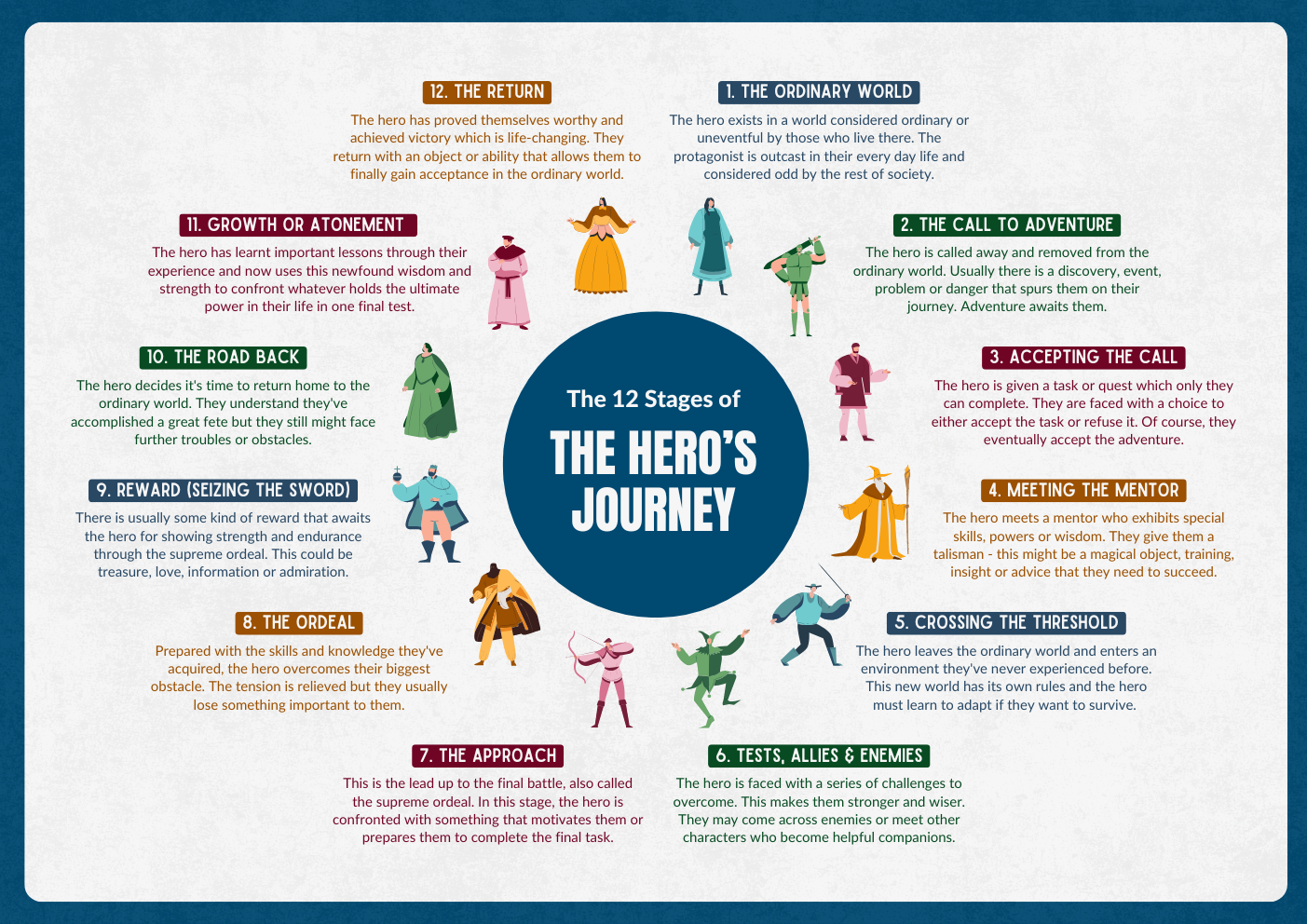
If you’ve read previous posts or listened to the Storytects Podcast, you then know that my obsession with Lord of the Rings should probably be studied. So to better explain the 12 Stages of the Hero’s Journey, I am going to use the Lord of the Rings as a reference point.
- The Ordinary World – Introduces the hero’s everyday life before the adventure begins. (Frodo Baggins lives peacefully in the Shire, unaware of the world’s dangers.)
- The Call to Adventure – The hero is presented with a challenge or problem they must face. (Gandalf tells Frodo about the Ring’s dark power and the need to destroy it.)
- Accepting the Call– The hero is given a task or quest which only they can complete. (Frodo hesitates to leave the Shire, unsure if he is capable of such a journey, but the fate of Middle-Earth depends on his acceptance.)
- I would make the argument that a refusal typically happens prior to the actual acceptance. Something triggers something inside the character to officially accept the call.
- Meeting the Mentor – A guide provides knowledge, tools, or encouragement. (Gandalf advises Frodo and sets him on the right path.)
- Crossing the First Threshold – The hero leaves the familiar world and steps into the unknown. (Frodo departs the Shire and enters a world of danger and adventure.)
- Tests, Allies, and Enemies – The hero faces challenges, makes allies, and encounters foes. (The Fellowship forms, and Frodo meets Aragorn while facing threats like the Nazgûl.)
- Approach to the Inmost Cave – The hero nears their greatest challenge. (The Fellowship enters Moria, leading to the loss of Gandalf.)
- The Ordeal – The hero faces their greatest fear or most difficult test. (Frodo nearly loses hope when the Fellowship breaks apart.)
- Reward (Seizing the Sword) – The hero gains insight, power, or a key object. (Frodo realizes he must bear the Ring alone, with only Sam’s help.)
- The Road Back – The hero faces one final push toward their goal. (Frodo and Sam struggle through Mordor, battling deception and exhaustion.)
- Growth or Atonement – The hero undergoes a final test and transformation. (Frodo nearly fails, consumed by the Ring, but Gollum’s intervention saves the quest.)
- Return with the Elixir – The hero returns home, forever changed. (Frodo finds he can no longer live in the Shire and departs with the elves.)
The Three-Act Structure
While the Hero’s Journey focuses on character transformation, the Three-Act Structure offers a simple and widely used framework to shape a story’s progression.
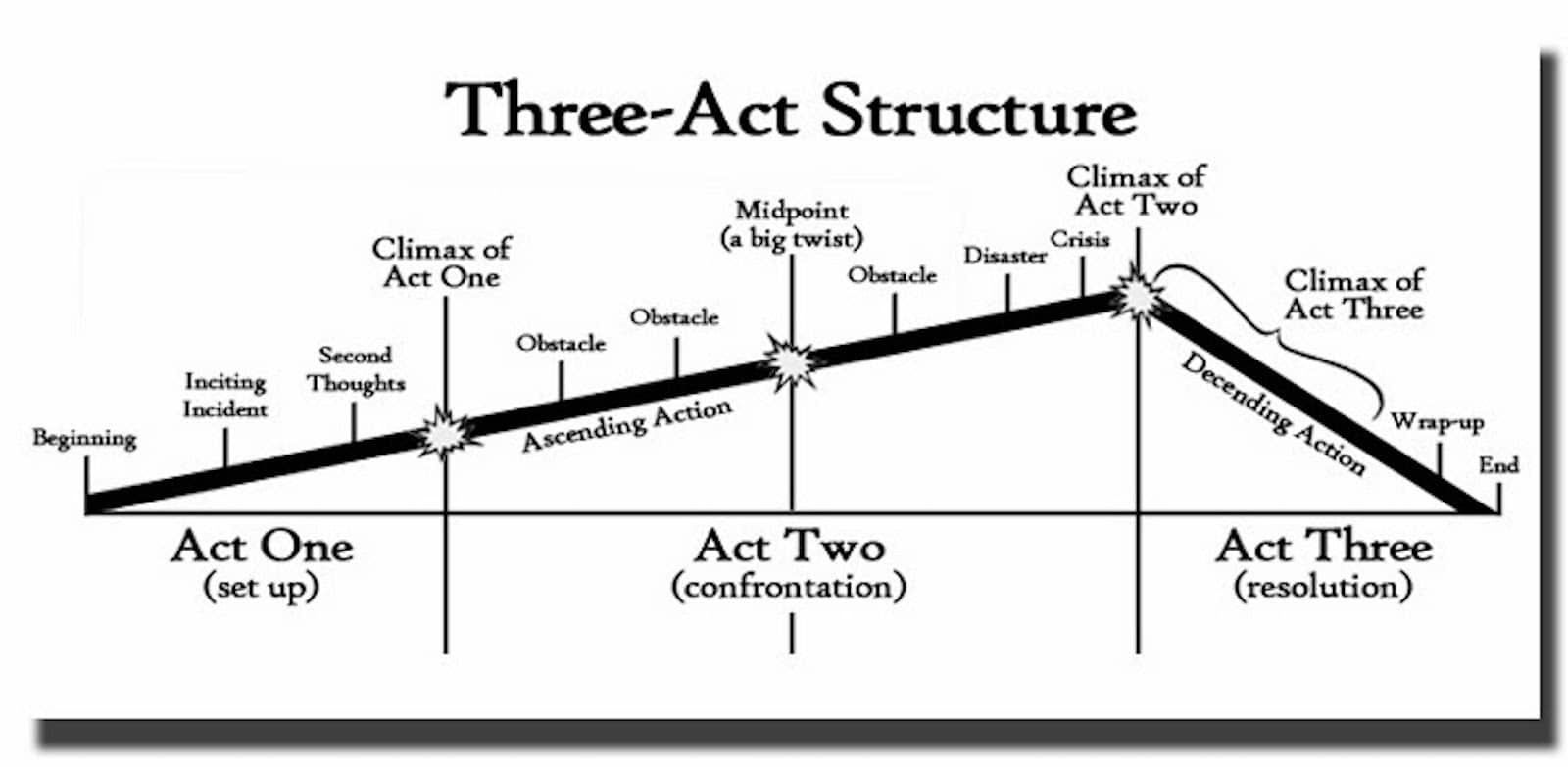
Act One – Setup
- Introduces the protagonist, their world, and the central conflict.
- Establishes stakes and emotional connection.
- Example: Frodo learns about the Ring and decides to leave the Shire.
Act Two – Confrontation
- The protagonist faces escalating obstacles.
- Tension builds, with failures and successes shaping their journey.
- Example: Frodo joins the Fellowship, struggles with the Ring’s growing burden, and experiences loss.
Act Three – Resolution
- The climax occurs, resolving the main conflict.
- The protagonist either succeeds or fails based on their journey.
- Example: The Ring is destroyed, and Frodo must choose his path forward.
Beyond the Classics: Alternative Story Structures
As storytelling evolves, creators are exploring new ways to structure narratives that break away from traditional linear storytelling. Some of the most common and effective alternative structures include:
Nonlinear Narrative – Events unfold out of chronological order.
Rather than progressing in a straight line from beginning to end, nonlinear storytelling presents events in a mixed sequence, often requiring the audience to piece together the timeline. This structure creates intrigue, mystery, and deeper engagement by revealing crucial details at unexpected moments.
- Example: Memento – Christopher Nolan’s Memento tells its story in reverse, with scenes unfolding backward as the protagonist, who has short-term memory loss, tries to uncover the truth. This structure places the audience in the same disoriented mindset as the protagonist.
- Example: Pulp Fiction – Quentin Tarantino’s Pulp Fiction jumps between different timelines, showing seemingly unrelated events that later connect in unexpected ways. The fractured structure keeps the audience engaged, revealing new information at different points in the film.
The Rashomon Effect – Different characters provide conflicting perspectives.
Named after Akira Kurosawa’s Rashomon, this narrative technique presents multiple versions of the same event from different characters' viewpoints. Each version may contradict the others, forcing the audience to question truth and perspective.
- Example: Rashomon – This classic film tells the story of a crime from four different perspectives, each with its own biases and inconsistencies, leaving the audience to determine what really happened.
- Example: The Last Duel – Ridley Scott’s historical drama presents the same story from three perspectives, each adding details that challenge the previous versions, revealing how perception shapes truth.
- Example: Westworld – The show frequently shifts between character viewpoints, revealing the same events from different angles, gradually uncovering hidden truths about the world and its inhabitants.
Fractured Narrative – Stories unfold in disconnected, seemingly unrelated parts that later interconnect.
Unlike nonlinear storytelling, where events are out of order but still connected, fractured narratives introduce multiple storylines that appear separate but eventually merge in unexpected ways.
- Example: Pulp Fiction – Multiple storylines involving different characters unfold separately before intersecting, making the audience reconsider past events in new ways.
- Example: Cloud Atlas – This film weaves together six different timelines across centuries, with characters reincarnating in different lives. While the narratives seem disconnected at first, they gradually reveal an overarching theme about human interconnectedness.
- Example: Everything Everywhere All At Once – The film jumps between different versions of the protagonist’s life across the multiverse, seemingly random at first but ultimately converging into a singular, emotionally driven climax.
Alternative structures challenge audiences by shifting perspectives, playing with time, and defying expectations. While they can be more complex, they also offer fresh and engaging ways to tell stories that resonate on deeper levels.
The evolution of storytelling does not mean abandoning structure—it means reinventing how stories are told while still delivering emotional and thematic depth. Writers and creators who master these alternative approaches can craft unique, compelling narratives that break from convention while maintaining engagement and impact.
The Future of Storytelling: Adapting to Change
Storytelling in 2025 is about more than just breaking away from tradition—it’s about evolving with the audience. As viewers become more sophisticated, digital platforms reshape engagement, and creators experiment with new structures, the craft of storytelling is becoming more dynamic than ever. While the Three-Act Structure and the Hero’s Journey remain powerful tools, the future belongs to those willing to innovate.
Whether through nonlinear narratives, multi-perspective storytelling, or interactive formats, creators who embrace new techniques will captivate audiences in ways never before possible. The challenge isn't to abandon structure but to redefine it—blending classic storytelling fundamentals with fresh, immersive experiences.
If you love dissecting stories, uncovering what makes them work, and exploring how storytelling is changing in real-time, make sure to subscribe to The Storytects Podcast. Each episode dives into the art and science of storytelling, featuring deep dives, guest interviews, and creative discussions designed to inspire writers, filmmakers, and content creators.

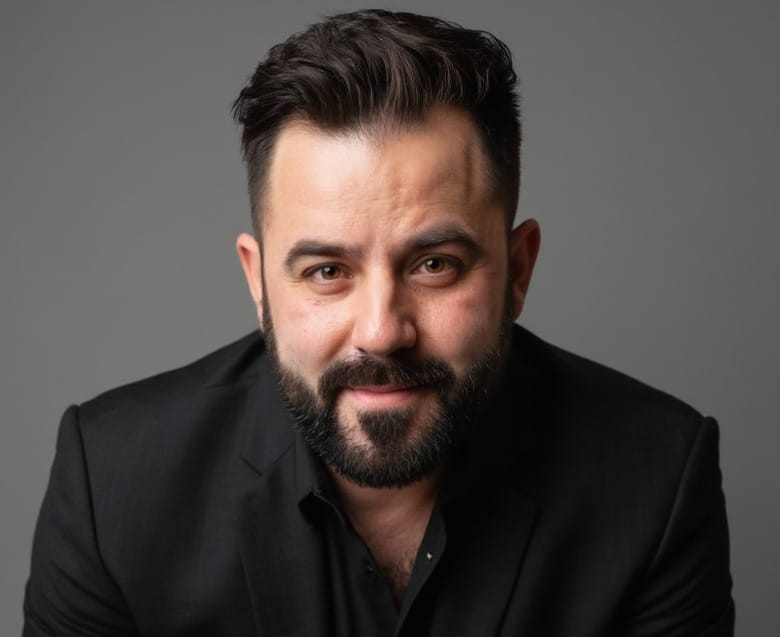
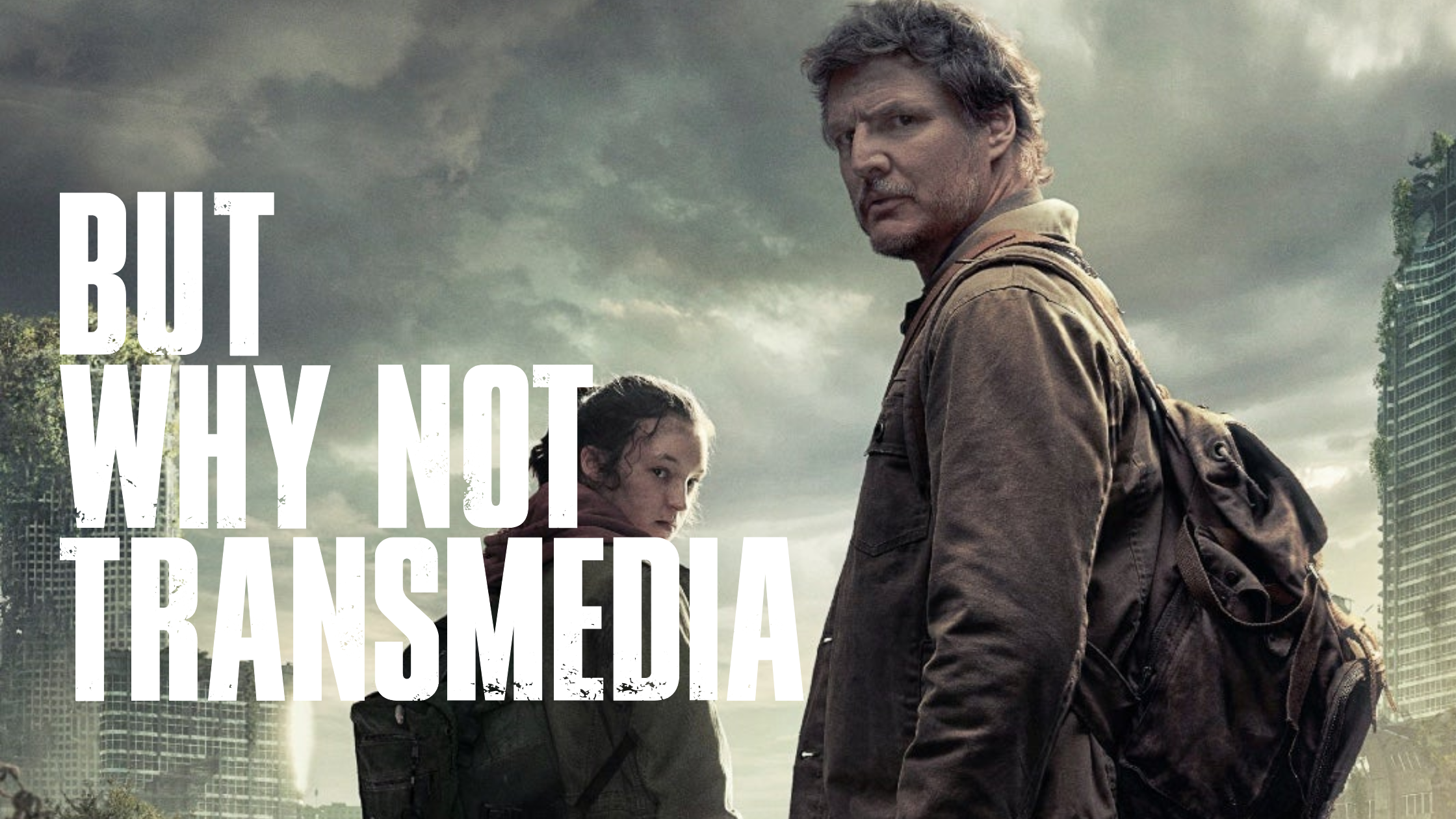
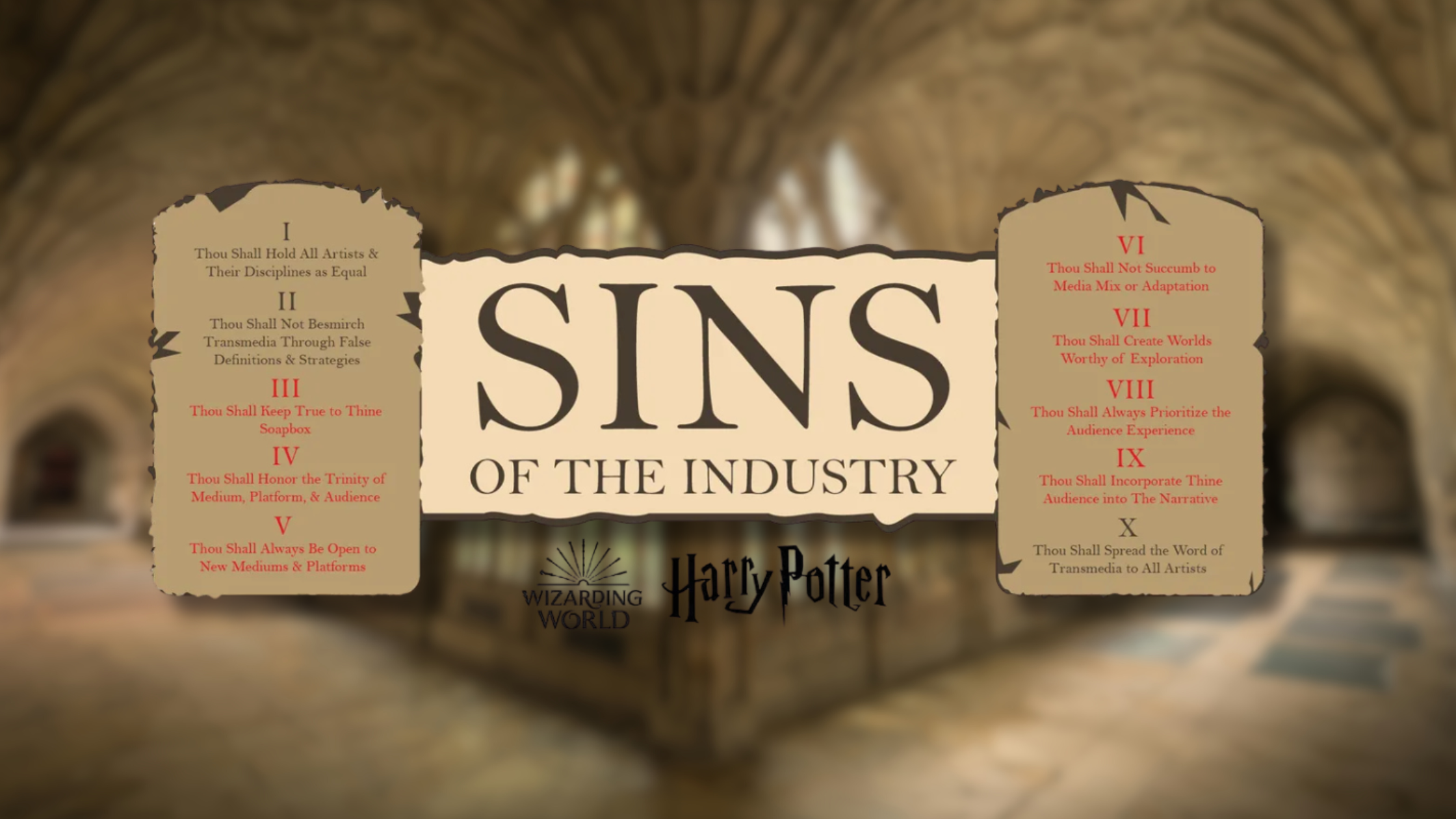
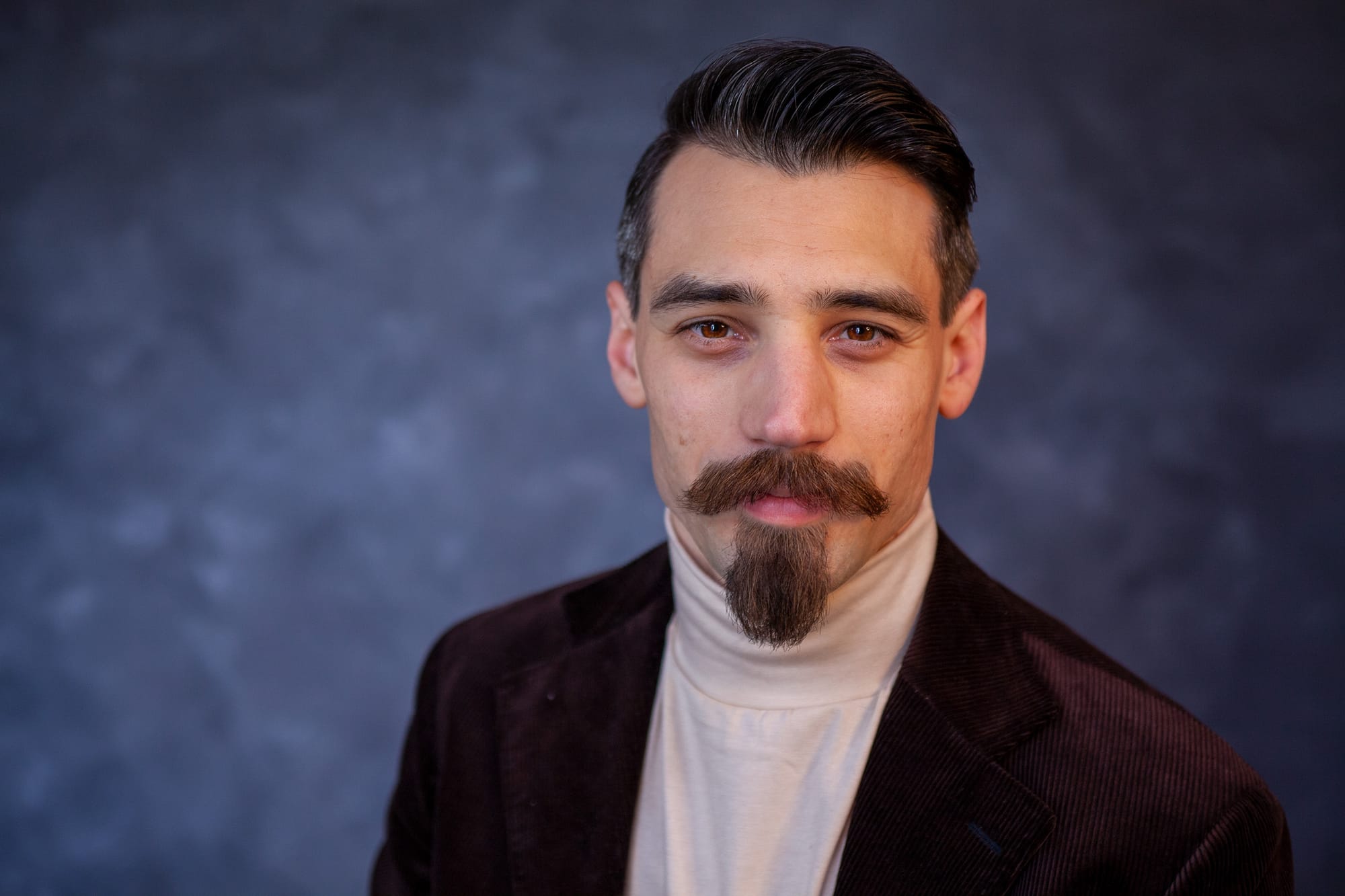
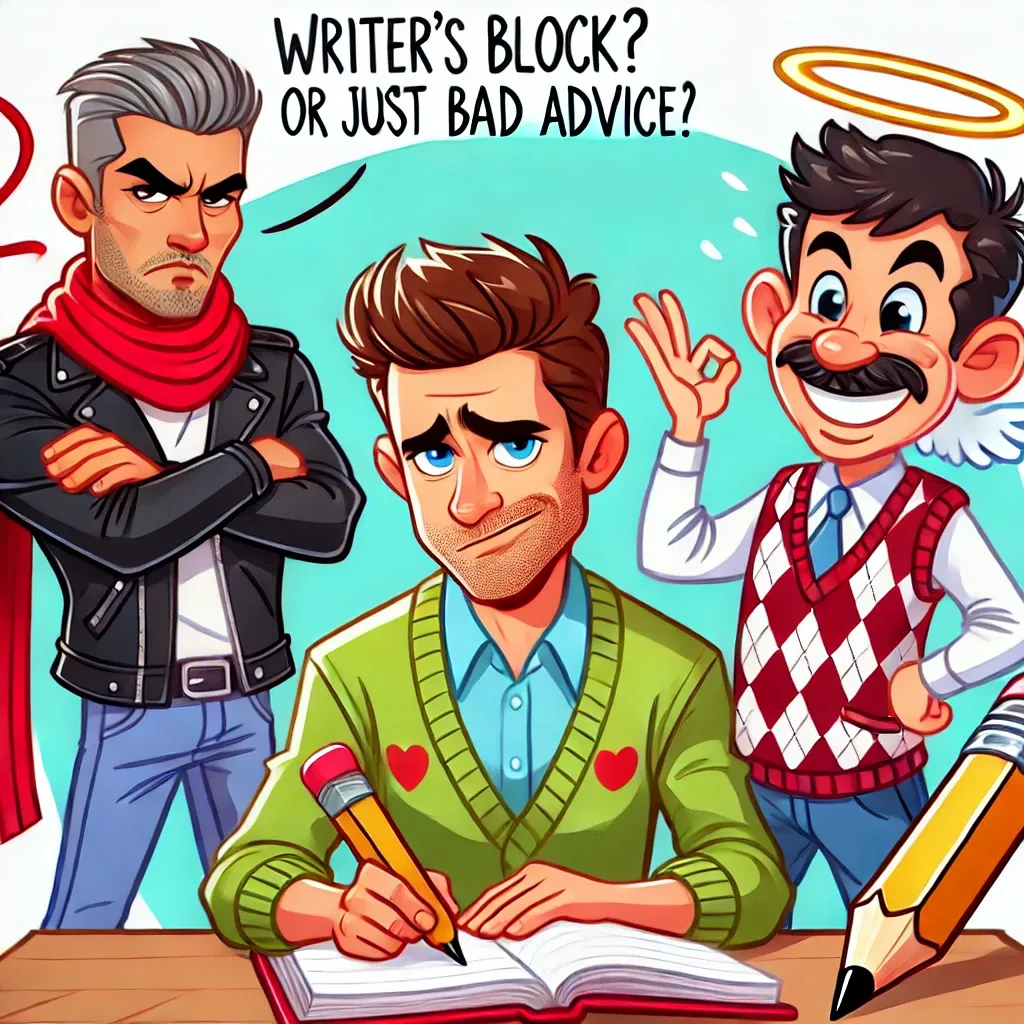
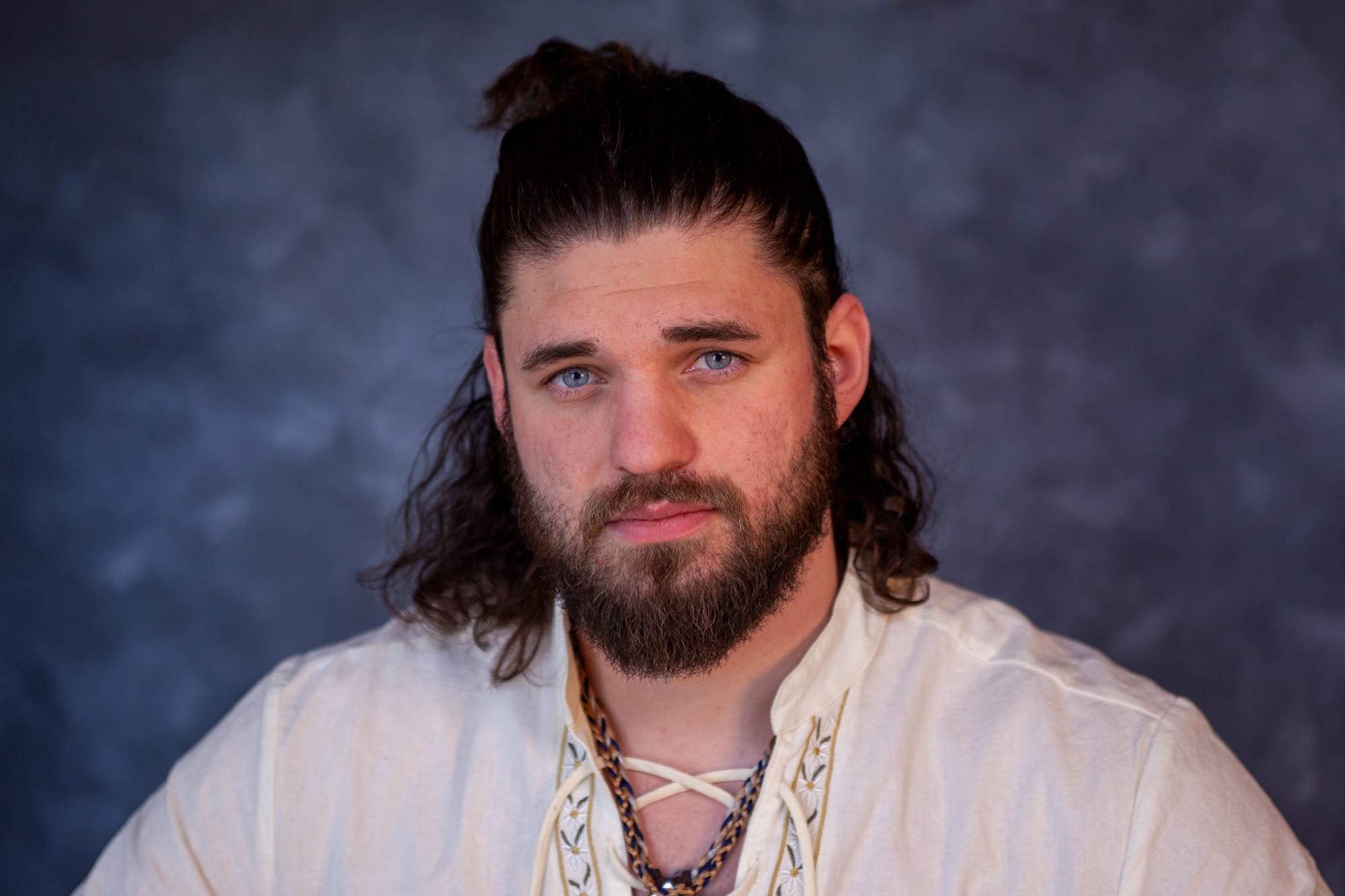
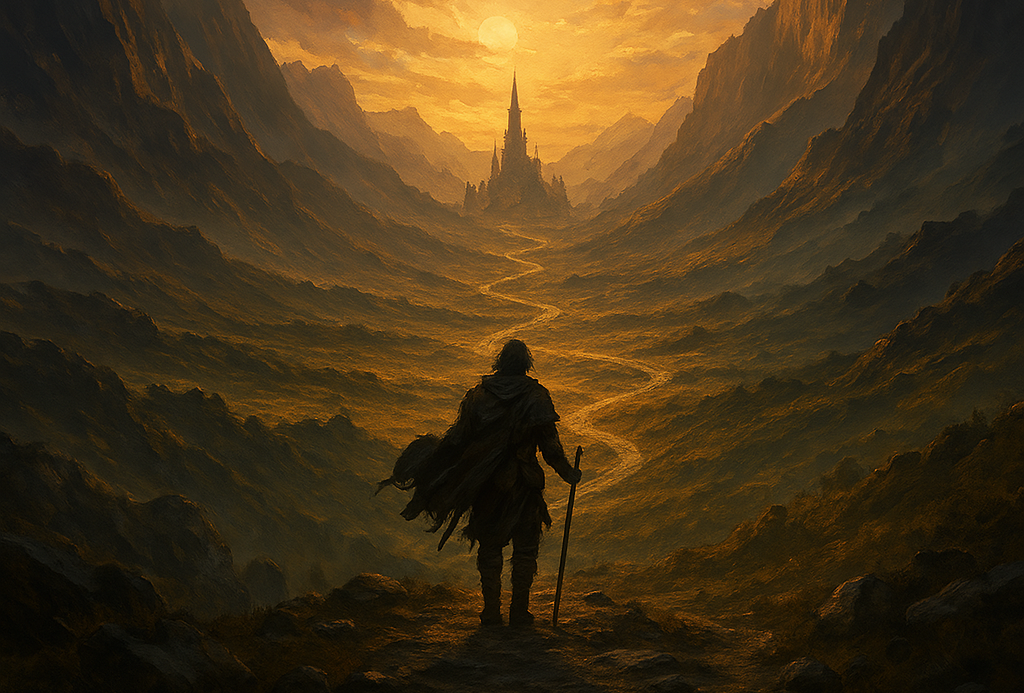


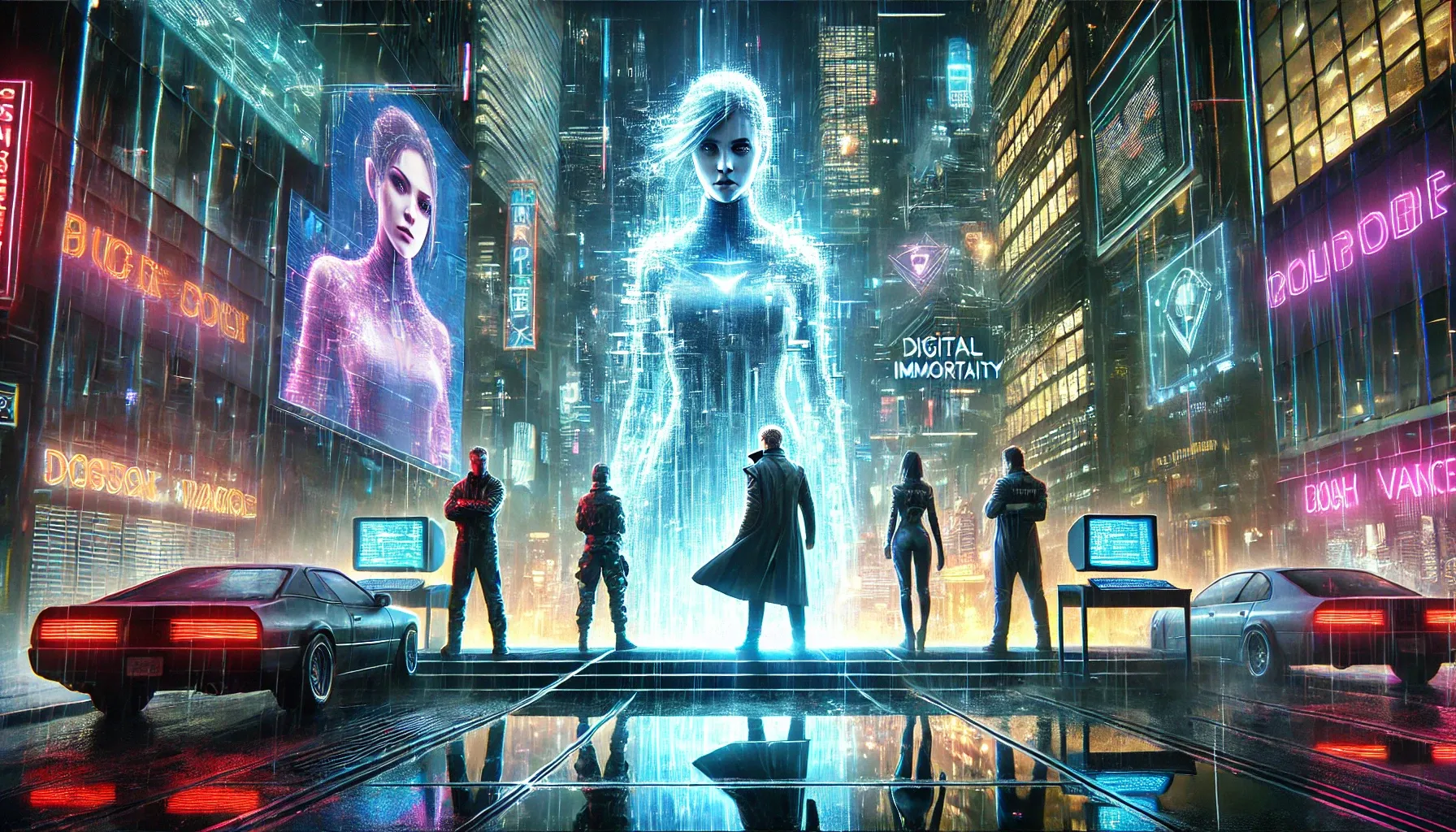



Discussion